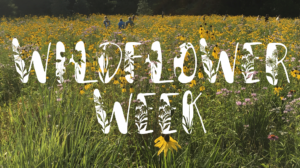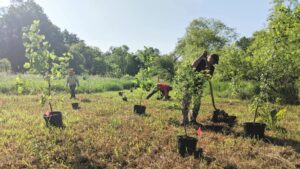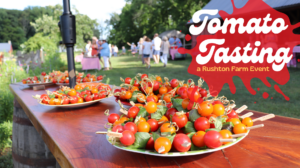Every time I walk into a nursery or big box store I feel a great temptation to purchase the prettiest plants. However, sometimes the prettiest plants and the ones that stand up to deer are not the best selections available for local pollinators and wildlife. Native plants support local species better than exotic ones because they have evolved in the ecosystems where we live.
And while you will see bees and butterflies at non-native plants, these do not offer the same amount of nutritional content as their native alternatives. A blueberry is far more nutritious for a bird than a barberry. Birds have to eat more of the invasive species to get the same amount of benefits which in turn increases the spread of the invasive seeds in their poop.
With a little research and careful selection we can easily move away from invasive garden species to more beneficial native ones. Here’s a list to get started derived from the excellent book from the Brooklyn Botanical Garden, Native Alternatives to Invasive Species.
Invasive Shrub: Japanese Barberry (Berberis thunbergii)
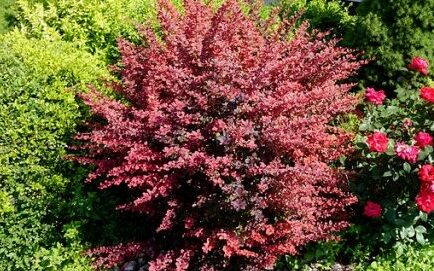
- Escapes into the wild and invades forests where it pushes out native shrub species plus it is a vector for ticks.
Replace With: Witch Alder (Fothergilla gardenii), New Jersey Tea (Ceanothus americanus) or Bush honeysuckle (Diervilla lonicera)
Witch Alder 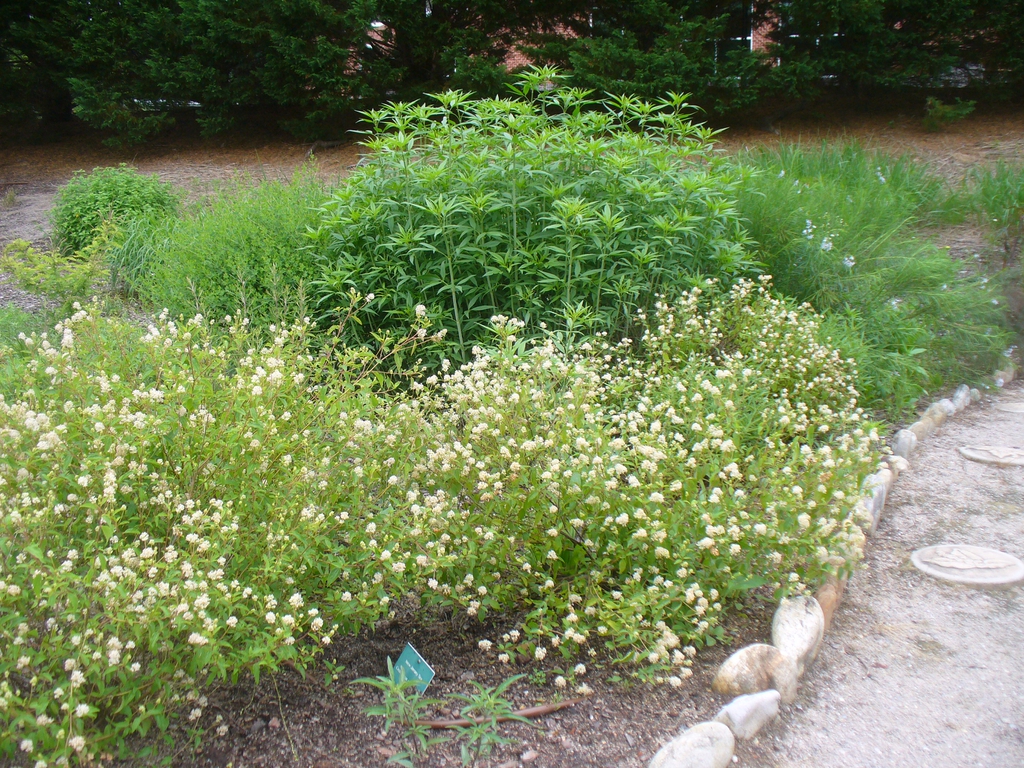
New Jersey Tea Plant 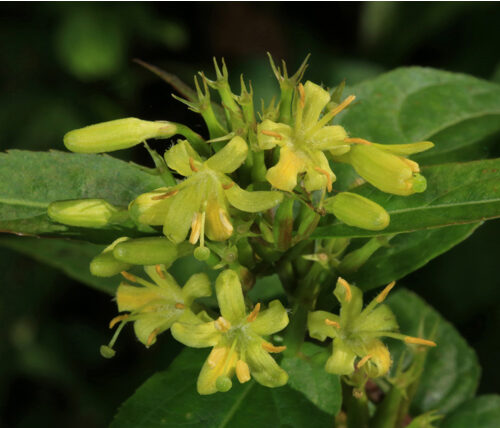
Bush Honeysuckle
- Small shrub with rounded to mounding form
- 3-5 ft tall and wide
- Fuzzy white terminal flower clusters in early spring
- Oval scalloped foliage
- Orange to burgundy fall color
- Mounding to spreading form.
- 1-3 ft tall and 2-4 ft wide
- Terminal white flower clusters in late spring and summer
- Deep green foliage
- Yellow autumn color
- Small shrub with arching vase like form.
- 2-4 ft tall and 3-5 ft wide
- Yellow flowers all summer
- Yellow to burgundy autumn color.
- See it at the RCC by the front door!
Invasive Shrub: Butterfly Bush (Buddleja davidii)
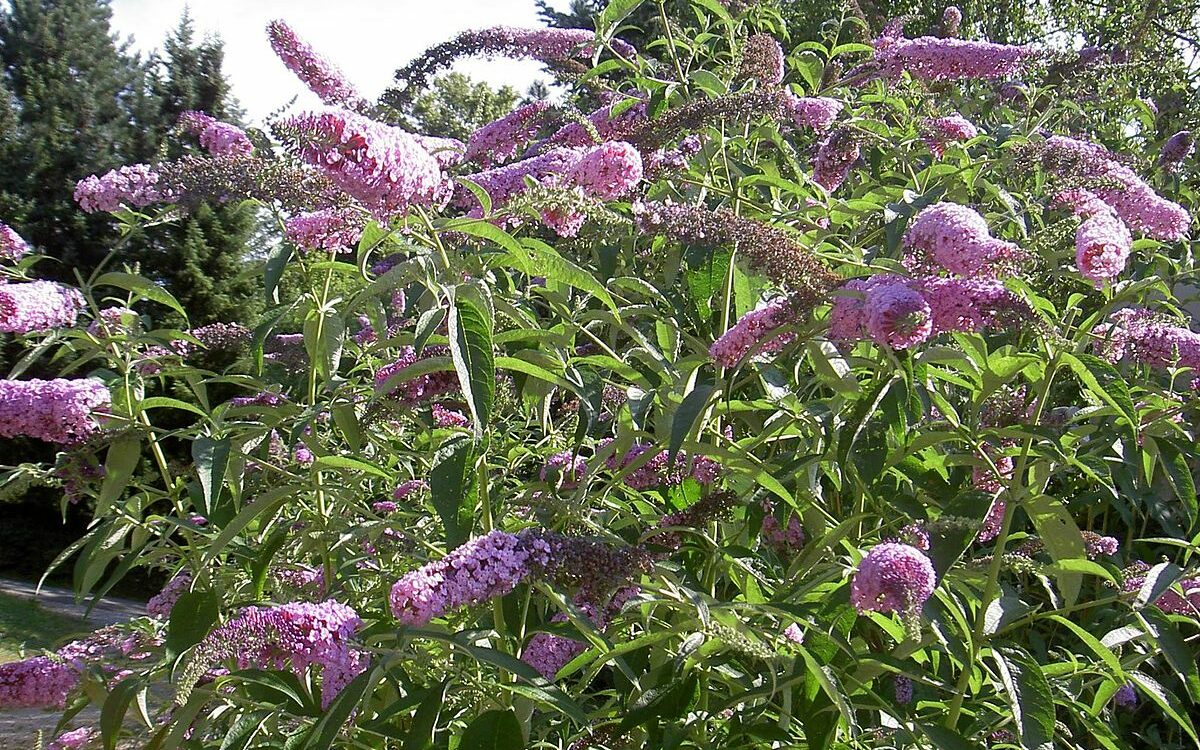
- Despite the name, butterfly bush only supports adult butterflies with its abundant nectar but fails to provide for all of the other stages of life.
Replace With: Buttonbush (Cephalanthus occidentalis) or Summersweet (Clethra alnifolia)
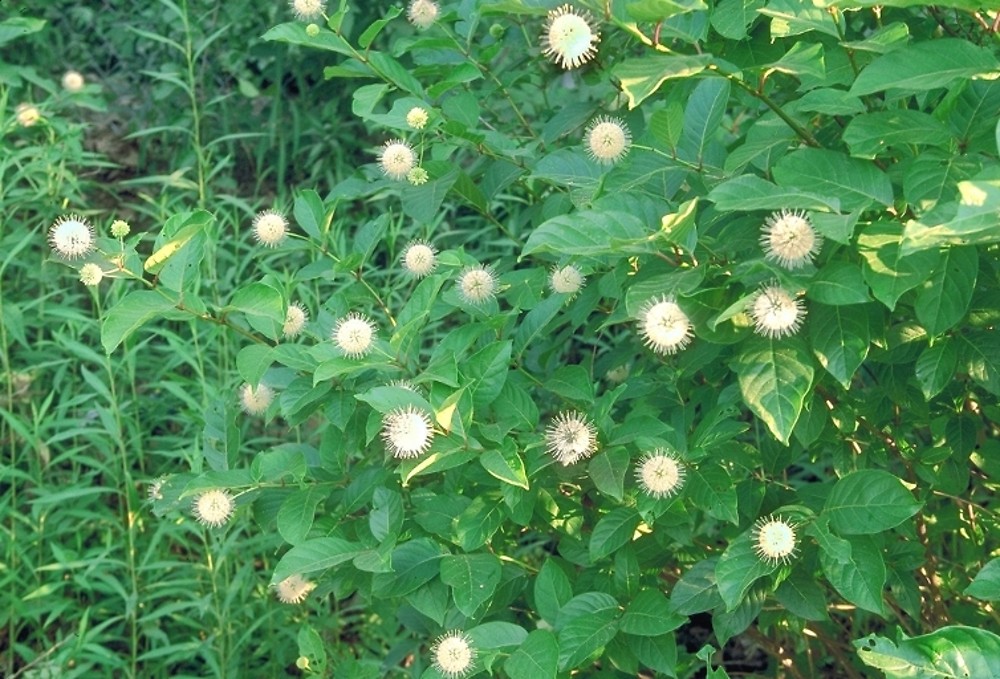
Buttonbush (Cephalanthus occidentalis) 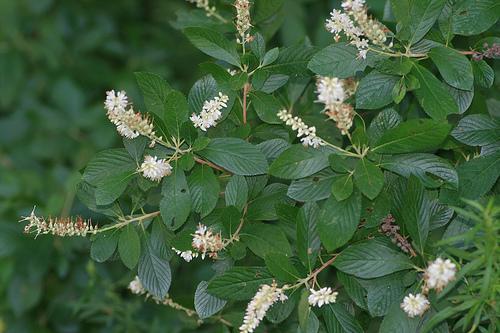
Summersweet (Clethra alnifolia)
- Rounded, irregular form
- 6-10 ft tall and wide
- Attractive winter silhouette
- Fuzzy white summertime flowers
- Deep glossy green foliage
- Yellow autumn color.
- Upright to irregular form
- 4-8 ft tall and wide
- Tawny to chestnut-colored bark
- Deep green quilted foliage
- Spikes of sweet-scented white flowers in summer
- Yellow autumn foliage color
Invasive Groundcover: Japanese Pachysandra (Pachysandra terminalis)
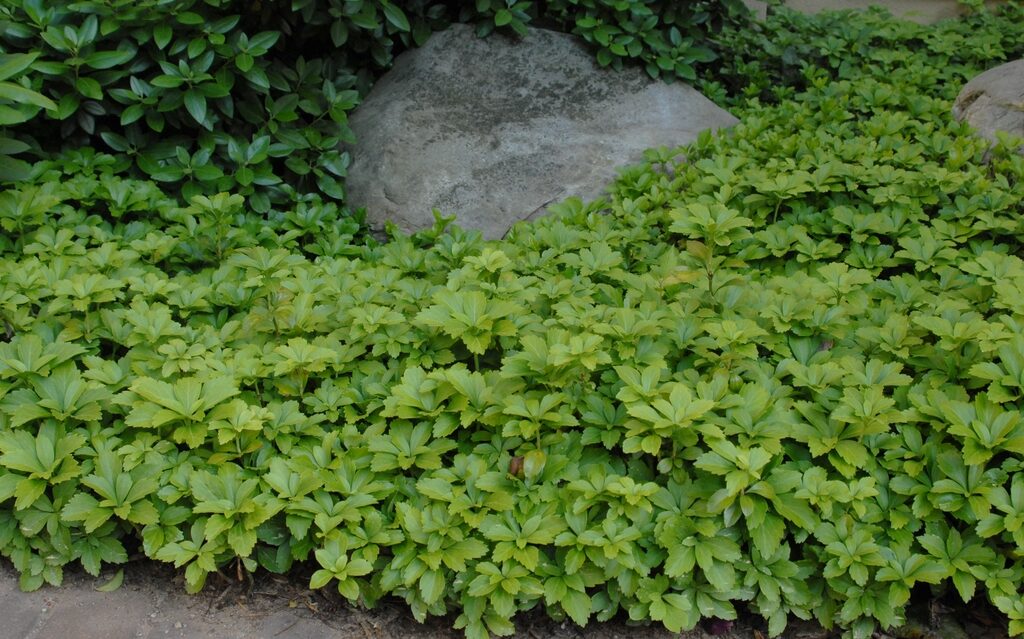
- Aggressive spreader, easily escapes into adjacent natural areas.
Replace With: Allegheny spurge (Pachysandra procumbens), Virginia creeper (Parthenocissus quinquefolia) or Blue-eyed grass (Sisyrinchium angustifolium)
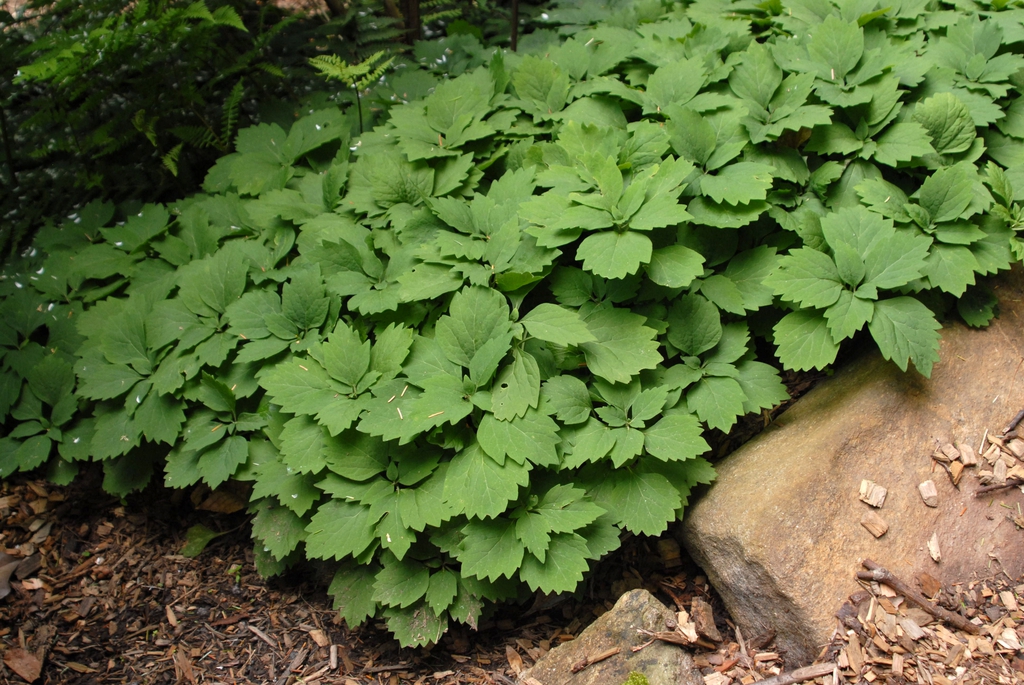
Allegheny spurge (Pachysandra procumbens) 
Virginia creeper (Parthenocissus quinquefolia) 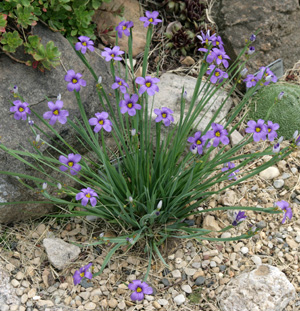
Blue-eyed grass (Sisyrinchium angustifolium)
- Dense, slow-spreading groundcover
- Paddle-shaped evergreen leaves
- Fuzzy spring flowers
- Rich winter foliage
- Not deer resistant!
- Climbing vine with holdfasts
- Palmate leaves with five leaflets
- Smoky-blue berries on red stalks
- Flaming autumn color
- Deer resistant
- Delicate blue star shaped spring flowers
- Grass like foliage
- Grows in dense, tufted clumps
Invasive Vine: Japanese Honeysuckle
(Lonicera japonica)
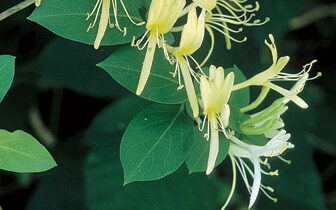
- Aggressive vine that will smother trees and shrubs.
Replace With: Trumpet Honeysuckle
(Lonicera sempervirens)
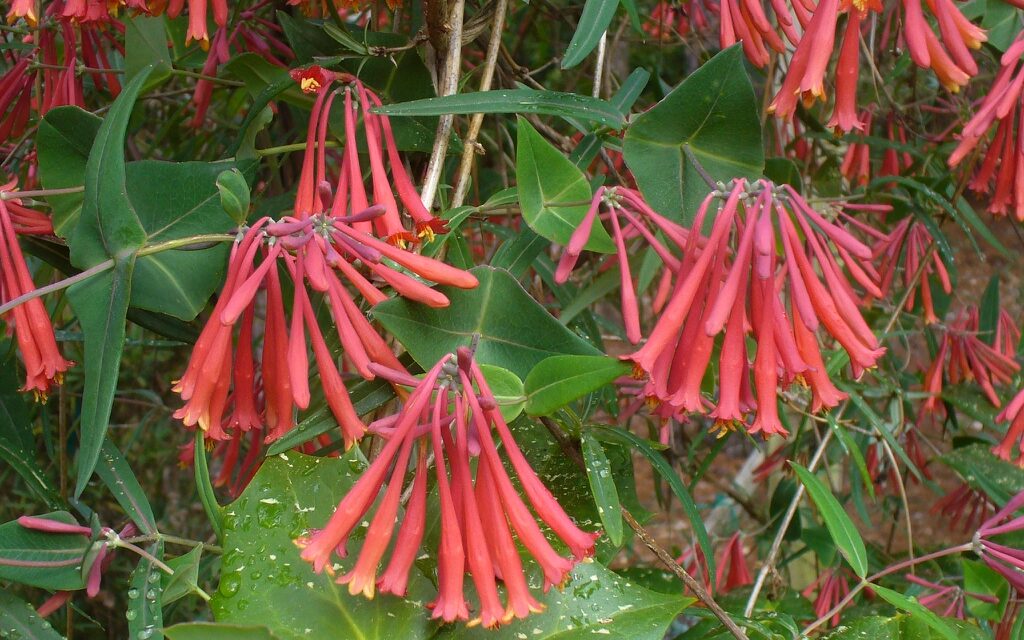
- Well-behaved deciduous vine
- Scarlet flowers that attract butterflies and hummingbirds
- Small red berries
- Gray-green leaves
- Exfoliating winter bark
Invasive Grass: Chinese Silvergrass
(Miscanthus sinensis Anderss.)
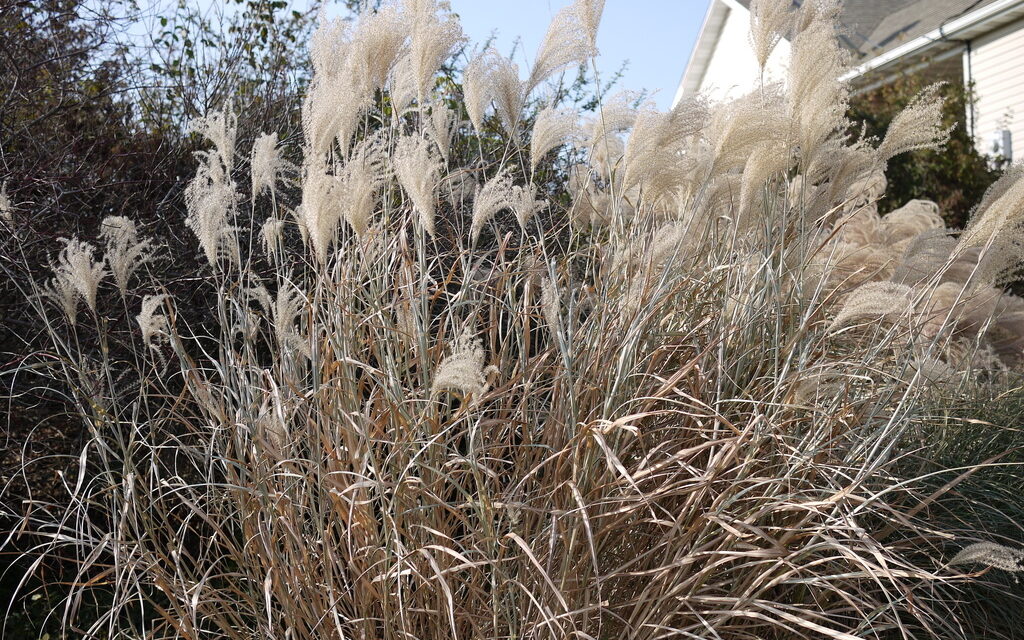
- very aggressive and deep rooted ornamental grass that is sold as sterile but tends to reproduce anyway.
- A serious threat to meadows and natural grassy areas.
Replace With: Indiangrass
(Sorghastrum nutans)
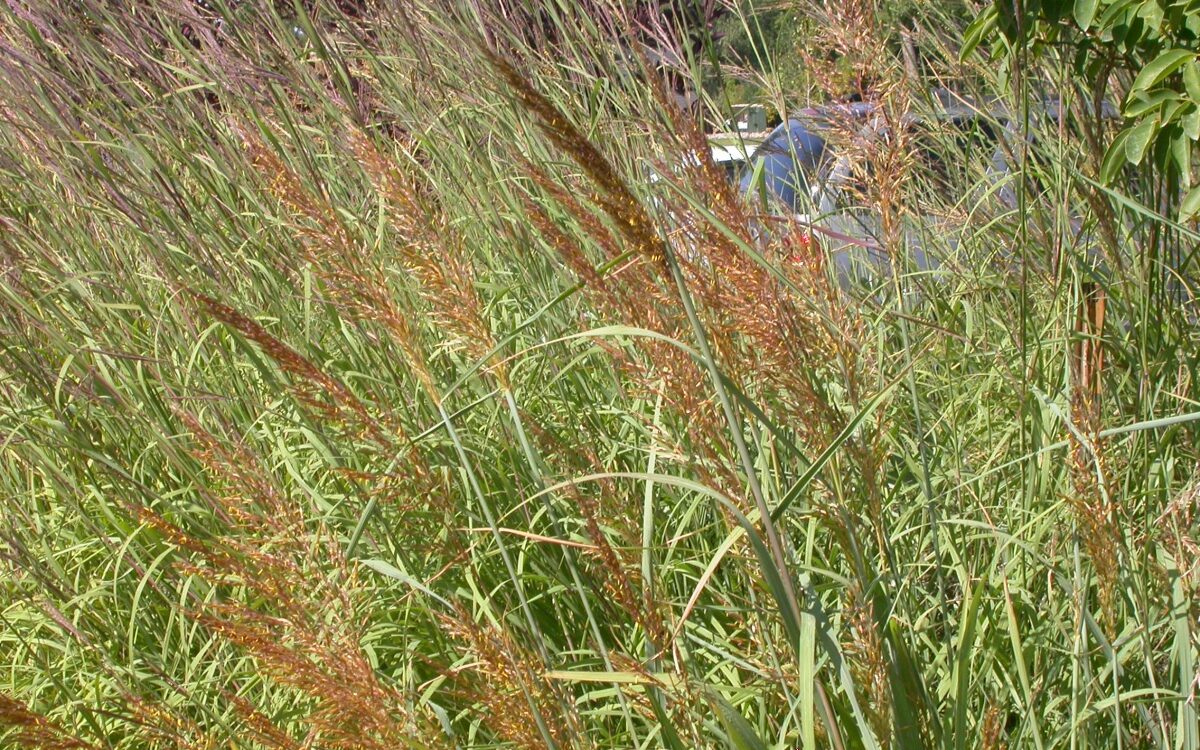
- Clumping grass with ascending, tufted foliage
- Silky golden plumes
- Red to russet autumn color
Invasive Grass: Fountain Grass
(Pennisetum)
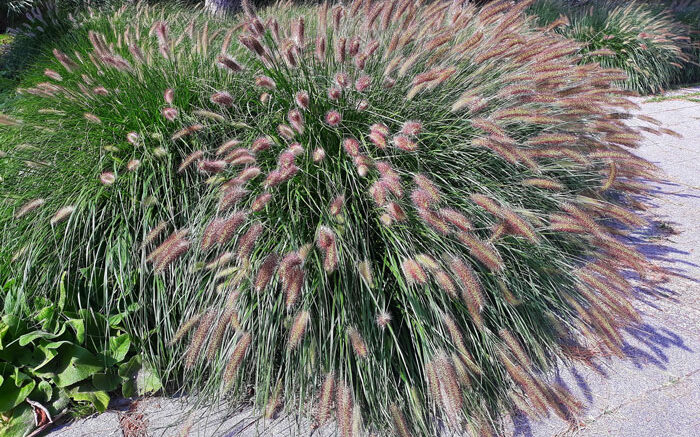
- Escapes into natural areas forming dense stands, prolific seeder spreads by wind.
Replace With: Pink Hair Grass
(Muhlenbergia capillaris)
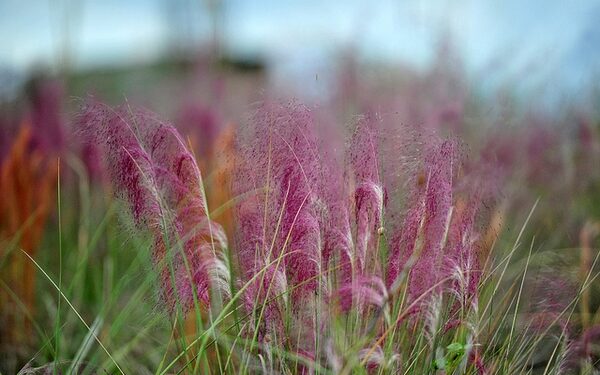
- Clumping grass with a rounded crown
- Low tufts of arching blades
- Airy red plumes
- Russet to tawny autumn color

